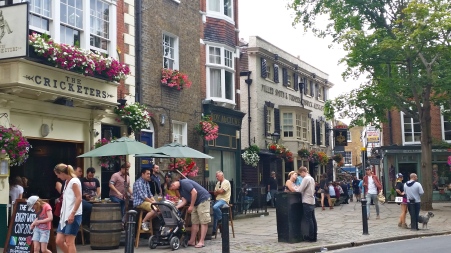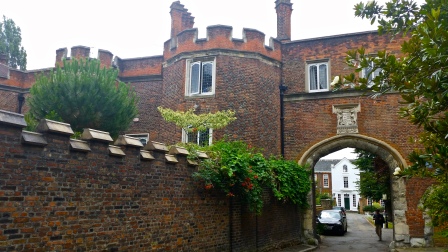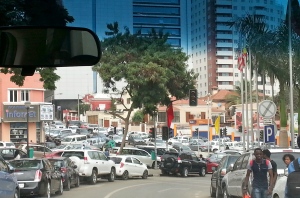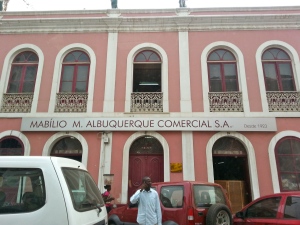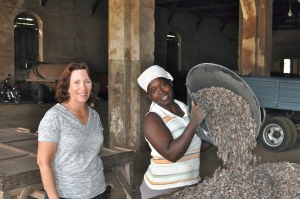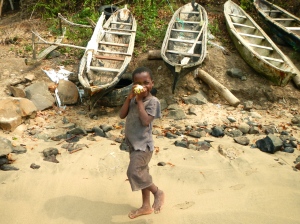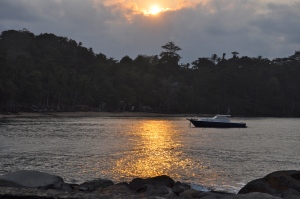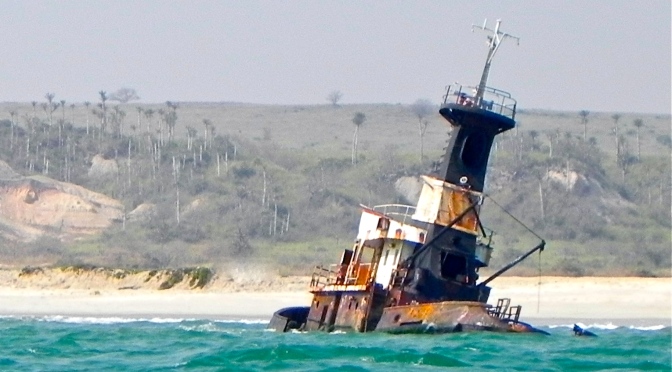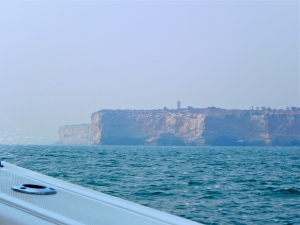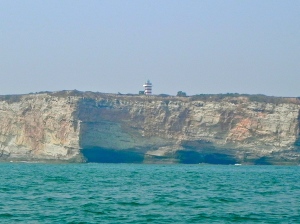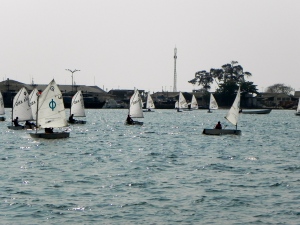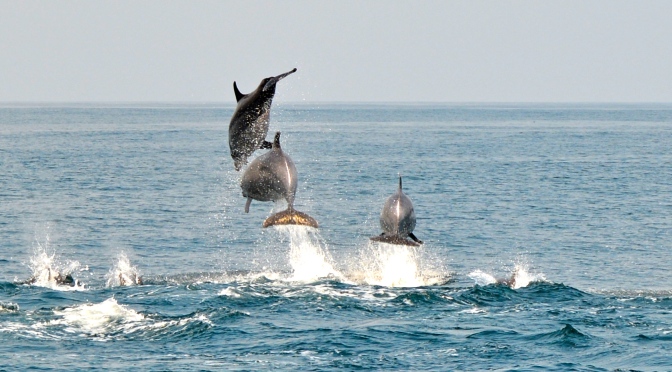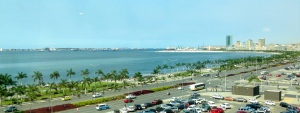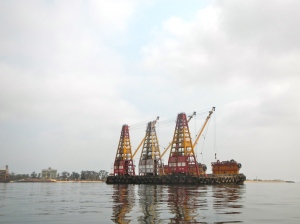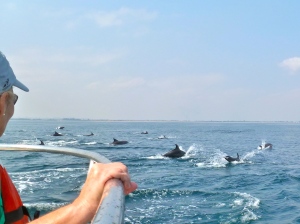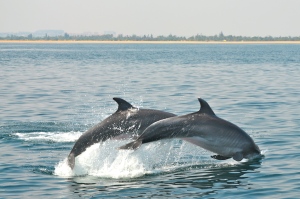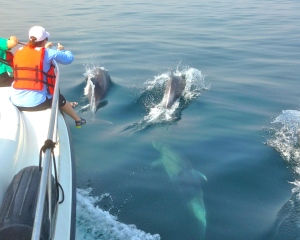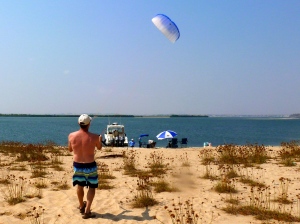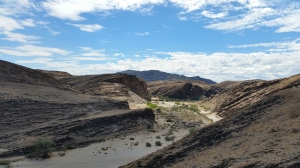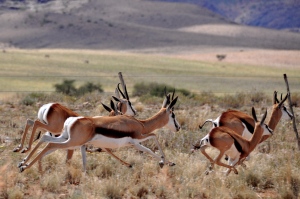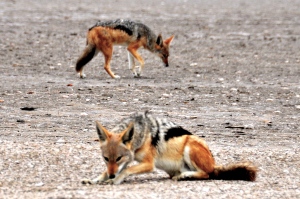For me, Wednesday mornings are nerve-wracking, but Wednesday afternoons are the absolute best. Why the focus on a single day of the week? That is because on Wednesday mornings I teach English to Portuguese-speaking girls at a local orphanage. I’m not exactly sure how it happened, but I found myself volunteering to do this through the American Women’s Association (AWAA) here in Luanda. You should know, I am not a teacher. My degree is in Geology. And, I don’t speak Portuguese, although I am learning it slowly through this these precious kids.
My only experience with teaching was about fifteen years ago, as a substitute teacher in our local school district. I only did it six times, and it was for a different school and grade each time. When I signed up to be a substitute, I was told the regular teacher would always leave me a lesson plan, and all I needed to do was show up and fill in for the day.
Nope. Never happened.
Each experience was the same. I arrived to find there was no lesson plan, and I was face-to-face with a room full of twenty-three or four kids, all expecting me to know what I was doing.
It was terrifying.
The last time I taught, it was for a third grade class in one of the less-affluent elementary schools in our district. The class had its usual collection of overly-energetic kids, but there was a particularly disruptive boy sitting on the first row. For the entire morning, he could not keep his hands off his fellow students, would not stay in his seat, and refused to complete any of his work. After lunchtime, I gently took him aside and asked if perhaps I had failed to send him to the nurse to take his medicine. You see, I knew many kids on Ritalin, and if ever there was a child with ADHD, this boy was it.
He narrowed his eyes at me and said, “What do you mean, medicine? I don’t take medicine. I’m telling my parents!” I never went back. Teaching was just not for me. Some people have math anxiety dreams, public speaking anxiety dreams, or showing-up-somewhere-naked anxiety dreams. For years after that, I had teaching anxiety dreams.
So, you may wonder, why in the world would I volunteer to teach English to a bunch of Portuguese-speaking orphans? No, I have not lost my marbles. The answer is: because I am able. Because I have the time, and they need every bit of help they can get. You see, English may give them a leg-up on getting a job when they are older. Luanda has many hotels, businesses, and English-speaking expats. In each of these situations, a little English would be a big plus when seeking employment.
There are a number of orphanages in Luanda, and they all have more kids in them than they should. The orphanage where I volunteer is called Mama Muxima, and it is run by only three nuns. There are over four hundred kids in school attendance, but some of them live in the surrounding barrio, and come only for the classes taught by the nuns. The one hundred kids who do live there range in age from toddlers to age seventeen. Once they reach the age of eighteen, they have to leave. What happens to them then is very uncertain. Of course, that is very tough to swallow, but there is no denying that Mama Muxima is an amazing operation.
So, how do only three nuns care for and teach that many kids? Each child is on a very strict schedule and the older kids all have chores to do. They have morning and afternoon classes. In between, they clean and do laundry. They help with the cooking and tend to the younger kids. And, you have never seen a happier, and more well-behaved group.
Who pays for all of this? I’ve been told the majority of their funds come from the church, private donations, and business donations. The AWAA supports them financially as well, through funds raised on twice-yearly craft fairs, dues, and other donations.
Yes, the orphanage is an amazing operation, but it is anything but plush. There is no electricity in most of the buildings, and the plumbing is often broken. Up until recently, the nuns themselves were living without a functional bathroom. The older kids had to haul water upstairs in buckets to the nun’s bathroom so they could wash and use the toilet.
Recently, the AWAA provided the funds to install water purification equipment. Prior to that, the children were often sick from bad water. The kids sleep in buildings with open holes near the roof for ventilation. There are no screens, mosquito nets, or bug spray to prevent bites. As a result, kids often come down with malaria, too. Like I said, this is not the Waldorf-Astoria, but these nuns do so much with so little, and these kids are the recipients of their dedication.
I am by no means the only English teacher at Mama Muxima. The AWAA provides a number of volunteers who teach English, sewing and crafts, all on alternate days. This certainly lessens the load on the nuns, but they are still responsible for the vast majority of instruction. You should know that many of the members of AWAA are not American. We have ladies in the group from all over the world. It has been so much fun to interact with such a diverse group of women!
The Wednesday morning class is made up of girls between thirteen and fifteen years of age. I have a daughter, and let me tell you, teenage girls are a different animal. They can be moody, stubborn, and just plain mean. Thankfully, my daughter has grown into a lovely young woman. But, her early teenage years were not a lot of fun. I am sure my own mother would not have fond memories of my teenage years, either.
But, the girls I teach are unlike any American teenagers I have ever encountered. Every single one of them – and my class can have up to fifteen – are polite, helpful, and eager to learn. When I arrive at the orphanage, they come out to greet me, and help carry in my bag and supplies. The class is held in a room with tables and chairs, but no electricity. Often, the girls straggle in, many of them tired from their chores and regular classes. But once they all arrive, they are happy to see me and ready to learn.
Like all kids, they get bored with being lectured to, so we play games and sing songs. They thought the Hokey-Pokey was hilarious. I used it to teach them right from left and parts of the body. Today we played a game with opposite words (hot, cold, young, old…). I had pictures of these opposites, put the girls in a circle, had them close their eyes before I gave each a different picture, and then had them open their eyes and race to find their opposite. Great fun!
During a previous lesson, my fellow teacher and I were working on numbers and telling time. We gave them a handout with pictures of blank clocks, and they were supposed to depict whatever time we told them, by drawing in the hour hand and minute hand. Surprisingly, they had no idea what to do, even though they knew their numbers fairly well. Finally, we realized that they had never learned how to read a face clock! None of them own watches, so it should have been obvious to us, but of course we were looking at things from a first-world perspective.
I mentioned that all of the girls are well-behaved, but there is one young lady in the class who can be a bit of a challenge. I don’t know how long she has been at Mama Muxima, but she has a terrible burn scar that covers the front of her neck and part of her chest. One can only imagine how hard her life was before she came to the orphanage.
Every time I have taught, she persisted in loudly calling out, “Teacher, teacher, teacher!” whenever I was trying to answer questions from the other students. When I would walk over to see what she needed, she invariably asked the same questions about where I am from, and how old my kids are. Then, she would tell me she likes my watch – a very inexpensive one with a rubber wristband that I picked up in the airport. I think these are the only things she feels comfortable saying in English, and that is why she asks them over and over.
Today, she did not show up to class until we were almost finished with our lesson. As expected, the minute she sat down came the usual “Teacher, teacher, teacher” followed by the same questions. The difference today was that we had three other ladies there to help teach, and our group of kids was smaller than normal. Usually, I teach with one other lady or on my own.
So today, when this young lady started in on her questions, I pulled together all of my supplies and we had a little one-on-one lesson on opposites. She was focused and interested, and when we finished, she asked me to draw a star on her paper. For this, I was rewarded with a huge smile. Clearly, all of the “Teacher, teacher” stuff, was just her way of getting some individual attention – a rare commodity at an orphanage. What a blessing that I was able to give it to her today!
After class, I headed to the grocery store in the usual Luanda traffic. It took almost an hour to travel only a few miles, which meant I had plenty of time to people-watch and think about my morning. While sitting dead-still in this bumper-to-bumper mess, a tiny, barely-clad little girl tapped on my window, begging for money. Her hair had a reddish tint to it that I later learned was a sign of malnutrition. Looking around at several others wandering the street, I had a stark realization.
In this country, wracked by extreme poverty, the children at Mama Muxima are incredibly lucky. They may be orphans, but they have a roof over their heads and plenty of food to eat. They are in school, and learning how to take care of themselves. They are not begging for food, standing in the middle of dangerous traffic hawking cheap trinkets, or carrying around huge, heavy baskets of vegetables for sale. Instead, they are loved and tended to, as all children should be.
Now, back to why Wednesday mornings are nerve-wracking and Wednesday afternoons are so wonderful. Since this teaching thing is very far outside of my comfort zone, I spend every Tuesday night and Wednesday morning frantically pulling together enough broken Portuguese to explain my lesson, and hope that Google Translate is not steering me wrong (which it frequently does). Of course, I could start earlier, but that is not how I operate, apparently.
However, once the lesson is done – and especially when I have moments like I had today – it feels so great to help these kids. It isn’t much, and it won’t drastically change their situation, but I am sure they see how much all of us volunteers care for them. It truly does take a village to raise a child, and I am happy to be a small part of the village caring for these girls.
If you want to know more about Mama Muxima, here is a link to their Facebook Page:
https://www.facebook.com/pages/Mama-Muxima/137732306274730?sk=info&tab=page_info
© 2015 Cheryl – All Rights Reserved



